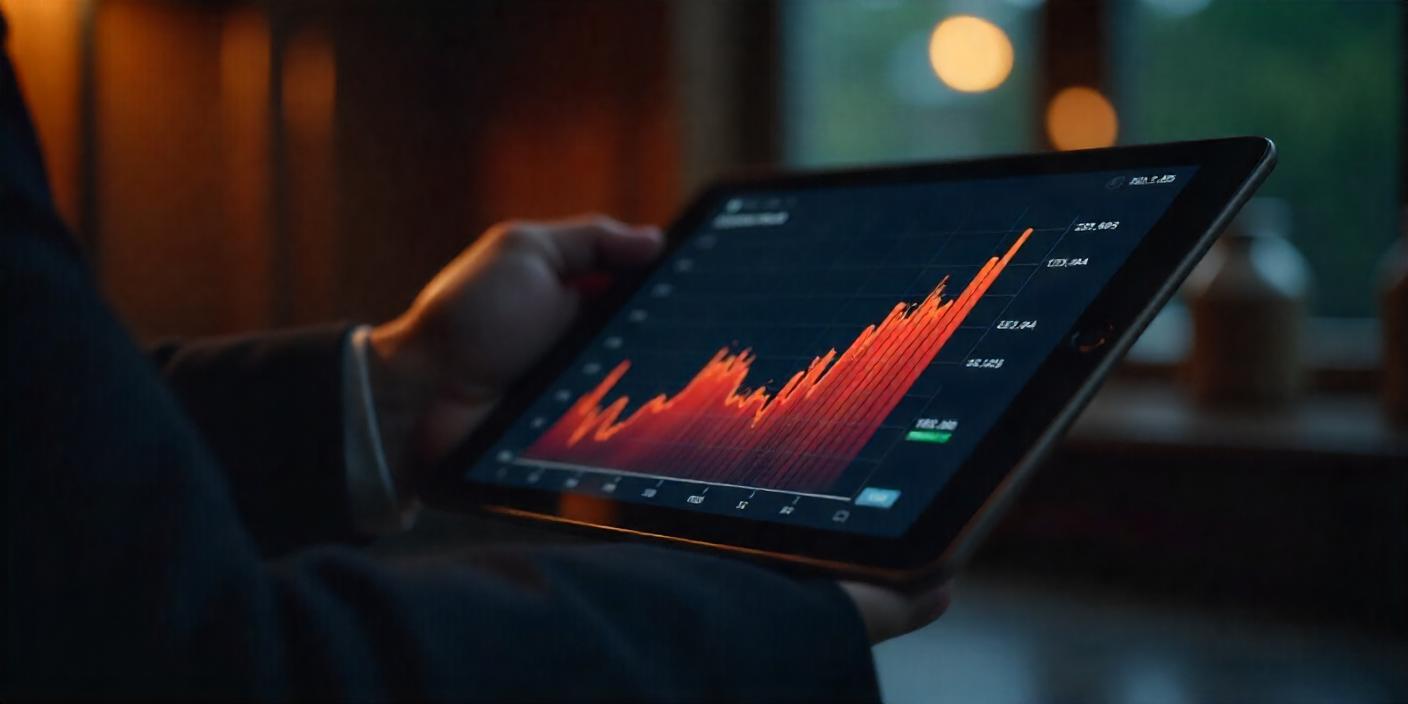April 2025 marked a seismic shift in global trade as President Trump rolled out aggressive new tariffs—some exceeding 100%—sparking immediate retaliation and market turmoil. For businesses, this isn’t just headline noise; it’s a direct threat to supply chains, pricing, and investment plans. Here’s what you need to know.
Key Developments:
1️⃣ The Tariff Surge:
- 10% baseline tariff on all imports, with targeted spikes:
- 25% on foreign autos/parts (50%+ for some vehicles)
- 20–49% on allies like the EU, Japan, and Southeast Asia
- 145% average on Chinese goods after retaliatory escalations
2️⃣ China’s Hardball Response:
- Retaliated with 125% tariffs on U.S. goods, denying negotiation claims.
- Positioning itself as a “stable alternative” for tariff-hit nations.
3️⃣ Partial Retreats & Uncertainty:
- Temporary exemptions for tech products (computers, smartphones).
- Auto tariffs delayed 90 days amid industry backlash.
5 Immediate Impacts:
- Consumer Prices: Expected to rise 2.9%, with households losing 3,800–3,800–4,900 in purchasing power.
- Supply Chains: Auto and manufacturing sectors face disruptions; SMEs reliant on Chinese imports are most vulnerable.
- Markets in Turmoil:
- Gold hit $3,500/oz as a safe haven.
- U.S. dollar slumped to 2022 lows.
- Fed’s Dilemma: Rate hikes to fight inflation vs. cuts to avert recession.
- China’s Resilience: 5.4% Q1 GDP growth, but factory activity is slowing.
The Bottom Line:
This isn’t just a trade war—it’s a rewiring of globalization. Businesses must:
✅ Audit supply chains for tariff exposure.
✅ Hedge against inflation (e.g., lock in contracts now).
✅ Prepare for long-term decoupling from China.









